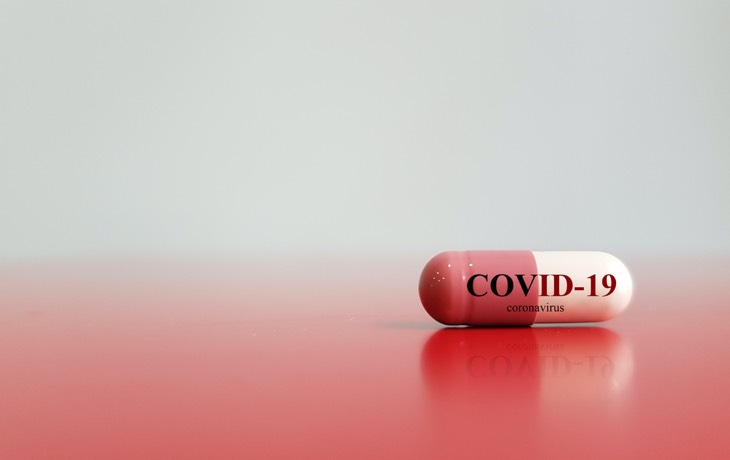The results of a pair of randomized controlled clinical trials were announced today, both showing antiviral drug Remdesivir to be effective in treating hospitalized COVID-19 patients. As a result, the FDA is expected to issue an emergency approval for Remdesivir very soon.
It’s still unclear how much this will matter in the overall course of the pandemic, due to limited supplies of Remdesivir and the underwhelming character of the observed effect. Nevertheless, this is extremely happy news.
The first trial was sponsored by the NIH, and compared a 10-day course of intravenous Remdesivir with a placebo in 1063 patients at sites across the USA. This is the trial whose Chicago arm we previously reported on. It showed that patients receiving Remdesivir were discharged from the hospital 31% sooner, and trended toward showing that they had a somewhat lower mortality rate (8% vs 11.6%, p=.059). The time result was statistically significant, but the mortality result was not.
The second trial was sponsored by Gilead, the manufacturer of Remdesivir. It compared a 10-day course of Remdesivir to a 5-day course, and found that both were equally effective in terms of clinical improvement and mortality.
Remdesivir is only administered intravenously in a hospital setting. Both studies showed safety signals consistent with prior data on Remdesivir.
It’s unclear how much this news will change the big picture. While Remdesivir does work, it appears to reduce time to discharge by only about 31%, i.e. it would theoretically be able to increase the capacity of an overcrowded hospital system by about 45%, if this number bears out.
If the survival result of the NIH study is true, Remdesivir may reduce fatality, but again, not by much. So it’s unlikely to empty crowded epidemic wards or drastically plunge fatality rates.
More study could reveal more upside
These two studies aren’t necessarily the last word in Remdesivir’s effectiveness, though.
Doctors around the world will now be working to figure out how to use Remdesivir for maximal effect. It could be that Remdesivir works much better in a combination, with different dosing, or in particular subtypes of patients who could be identified. In addition, it may work better if administered early, which is a pattern observed with some antivirals including the familiar oseltamivir.
This last possibility could exacerbate another problem: a shortage.
Gilead says that with the reduced 5-day course of treatment, it aims to make 280,000 courses by the end of May, 1 million by the end of October, and 2 million by the end of the year. While this is a lot, it may be too small for the scale of the pandemic if global growth rates aren’t controlled, especially if it needs to be used early en masse rather than for rescuing the most severe cases.
As we previously reported, generic pharmaceutical companies in China and India are working on copying Remdesivir, and some Chinese companies have even reported success. If Gilead gives them licenses, or if they successfully ignore them, this may alleviate the potential shortage somewhat.
Despite all the caveats, this news marks an exciting landmark in the pandemic: the very first therapy known to be effective. If you’re well stocked on celebratory beverages, it would be a suitable occasion to crack open a bottle.


You are reporting the comment """ by on